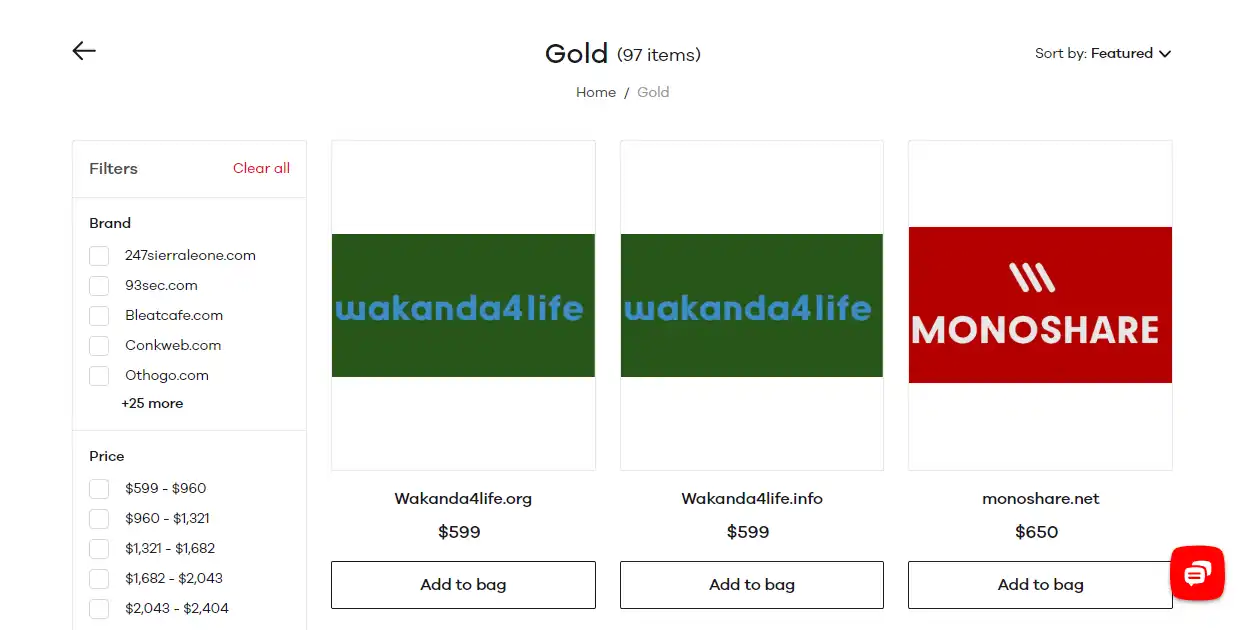Are you thinking of starting an e-commerce business in 2023? With the rise of online shopping, now is the perfect time to launch your own online store. In this comprehensive guide, we'll cover everything you need to know to get your business up and running quickly and efficiently. From choosing the right platform to marketing your products and services, we've got you covered. Plus, we'll provide tips and tricks for growing your business and staying ahead of the competition. With this guide, you'll have the knowledge and confidence to launch your e-commerce business and start making money online.
With this guide, you'll have the tools and resources to get your business up and running quickly. We'll provide you with the latest industry trends and strategies to help you stay ahead of the competition. Plus, we'll show you how to use data to make informed decisions about pricing, product selection, and marketing. With our help, you'll be able to launch your e-commerce business and start making money online with confidence.
Choose Your Niche
Choosing a niche is an important first step in starting an e-commerce business. A niche is a specific area of focus for your store, such as pet supplies or eco-friendly products. By choosing a niche, you can differentiate yourself from competitors and attract a specific audience. To choose a profitable niche, research market trends and customer demand.

Look for gaps in the market and areas where you can provide unique value. Some successful e-commerce niches include beauty and skincare, fitness equipment, and home decor. Consider factors like cost of goods, customer service needs, and marketing resources when selecting a niche. Research the competition in the space to see what strategies they are using and how you can differentiate yourself.
Think about the longevity of the niche and if it is likely to remain profitable over time. Additionally, focus on niches that align with your interests and passions, as you will be more motivated to succeed.
Create a detailed business plan outlining your strategies and goals. Research the competition and determine how you can differentiate yourself. Consider potential challenges and how you will address them and develop a marketing plan that outlines how you will reach your target audience. Finally, create a budget and timeline for your business.
Choose Your E-Commerce Platform

Once you've chosen your niche, it's time to choose an e-commerce platform. An e-commerce platform is a software solution that allows you to build and manage your online store. Popular e-commerce platforms include Shopify, WooCommerce, and Magento. When choosing a platform, consider factors such as ease of use, pricing, and features.
Compare different platforms to find the one that best fits your needs. For example, Shopify is one of the most popular e-commerce platforms and is great for beginners. It offers a wide range of features and is easy to use. WooCommerce is a free open-source platform that is great for those that need a lot of customization. Magento is a more complex platform that is best for those with experience in web development.
No matter which platform you choose, it is important to ensure it is secure and reliable. Make sure to read reviews and do research to ensure you are making the best decision for your business. Additionally, look into the customer service and support options available in case you have any issues.
Finally, it is important to make sure the platform can be integrated with other services you may need. For example, if you plan to use a payment processor, make sure the platform is compatible. This will help ensure your business runs smoothly.
Get Your Shop Domain
Having a domain name is essential for any e-commerce business. A domain name is the address of your online store, such as www.yourstore.com. To buy a domain name that is very safe and guaranteed to use, visit our website and search for available names. Consider choosing a memorable and SEO-friendly name that reflects your brand.

Once you have chosen a domain name, you will need to fill out the registration form with your contact and billing information. Be sure to read the terms of service before submitting your payment.
After that, you can expect to receive an email confirmation from us with further instructions.
Set Up Your Online Store
Setting up an online store involves several steps, including customizing your store's design and layout, adding products, and setting up payment and shipping options. Choose a website builder or e-commerce platform that allows you to easily customize your store's appearance. Add products with clear descriptions and high-quality images.
Set up payment and shipping options that are convenient for your customers. Make sure to include contact information and a link to your store's return policy. Promote your store on social media and other websites to draw in potential customers. Consider setting up a loyalty program or offering discounts to reward returning customers. Finally, test your store regularly to ensure that everything is running smoothly.
Once your store is set up, it's important to keep up with maintenance and customer service. Respond to customer inquiries quickly and efficiently, and make sure to stay up-to-date with the latest trends in e-commerce. Additionally, consider running promotions and campaigns to drive more sales and increase customer loyalty. Finally, use analytics to track the performance of your store and make data-driven decisions to optimize your store for success.
Create a Marketing Plan

Marketing is essential for any e-commerce business. To create a marketing plan, identify your target audience and choose marketing channels that will reach them. Some popular marketing channels for e-commerce businesses include social media, email marketing, and SEO. Create a content calendar and schedule regular posts to engage with your audience and promote your products.
Make sure to include visuals in your posts, such as images, videos, and infographics. This will help your content stand out and draw more attention. Additionally, consider running targeted ads to reach new customers. Utilize A/B testing to optimize your campaigns and maximize your return on investment. Finally, don't forget to track your results and analyze your data to understand what works and what doesn't.
Once you have implemented the strategies mentioned above, you can use the data you have collected to further refine your approach. For example, you can use the data to identify which visuals are resonating with your audience, which ads are driving the most conversions, and which campaigns are providing the highest ROI. By leveraging the data you have collected, you can continue to optimize your campaigns and ensure that your content is reaching the right people.
Launch Your Store
Before launching your store, make sure you have completed a checklist of things to do, such as testing your store and making sure everything is working properly. Consider offering a promotion or discount to attract customers to your store. After launching, monitor your store's performance and make adjustments as needed.
You may want to consider running a survey or focus group to get feedback from customers about their experience. This can help you determine what works and what could be improved. Additionally, you should monitor online reviews and customer comments to get an idea of how your store is being perceived.
Make sure to respond to any negative feedback and address any issues promptly. Lastly, staying up to date with industry trends can help you stay competitive and make adjustments to your store accordingly.
Fulfill Orders and Manage Inventory
Order fulfillment and inventory management are important aspects of running an e-commerce business. Choose a fulfillment method that works best for your business, such as in-house fulfillment or dropshipping.
Monitor your inventory levels and avoid stockouts by setting up automatic reorder alerts. Make sure to research the different types of fulfillment methods available and find one that fits your budget and business needs. Consider the cost of shipping, packaging, and storage when making your decision.
Additionally, ensure that your inventory management system is accurate and up-to-date. Track items as they move through your warehouse and use data to make informed decisions about your inventory. Finally, consider using a third-party logistics provider to help with order fulfillment and inventory management.
Analyze Your Performance
Tracking and analyzing your store's performance is essential for improving and growing your business. Set up analytics to track key metrics such as traffic, conversion rates, and revenue. Use data to identify areas for improvement and make data-driven decisions.
Regularly review your analytics data to identify trends and measure the success of your strategies. Look for patterns in customer behavior and use this information to create targeted campaigns. Additionally, use analytics to compare your performance against competitors and industry benchmarks.
This will help you understand the effectiveness of your strategies and how you can refine them to maximize your success. Finally, analyze your data to identify opportunities to reduce costs and increase efficiency.
Grow Your Business
To grow your e-commerce business, consider expanding your product line and reaching new customers. Offer promotions or discounts to encourage repeat business. Consider seeking funding from angel venture capital investors to help grow your business.
Stay ahead of the competition by keeping up with industry trends and adapting to changes in the market. Develop relationships with other businesses in your industry and collaborate on projects. Consider creating a loyalty program to reward your customers for their ongoing support.
Make sure to keep detailed records of your financials and track your progress. Finally, make sure to invest in customer service and provide an excellent experience for your customers. Invest in marketing and advertising to reach new customers and build your brand. Utilize digital marketing tools to maximize your reach. Leverage social media to create a community of customers who will become ambassadors for your business. Additionally, be sure to invest in research and development to stay ahead of the curve and stay competitive. Finally, consider attending industry events to make meaningful connections.
Conclusion
Starting an e-commerce business can be a rewarding and profitable venture. By choosing a niche, choosing the right platform, and creating a marketing plan, you can launch a successful online store. Remember to analyze your performance and stay ahead of the competition to continue growing your business. With this guide, you have the knowledge and confidence to start your e-commerce journey. Good luck!
With the right tools and strategies, you can ensure that your e-commerce business is successful. Invest in the right technology to make sure your website is secure and easy to use. Utilize social media to reach a wider audience and create relationships with customers. Analyze customer feedback to understand what works and what doesn't. Finally, stay up to date with the latest trends in e-commerce to stay ahead of the competition. With the right strategies, you can build a successful e-commerce business.


